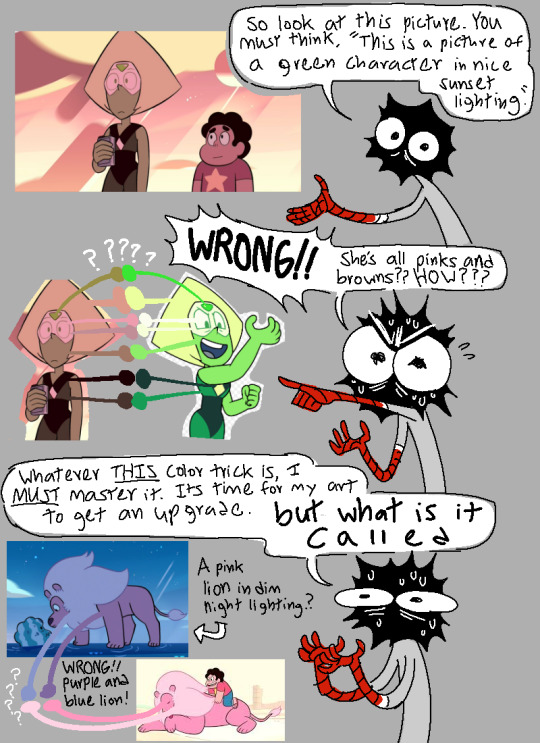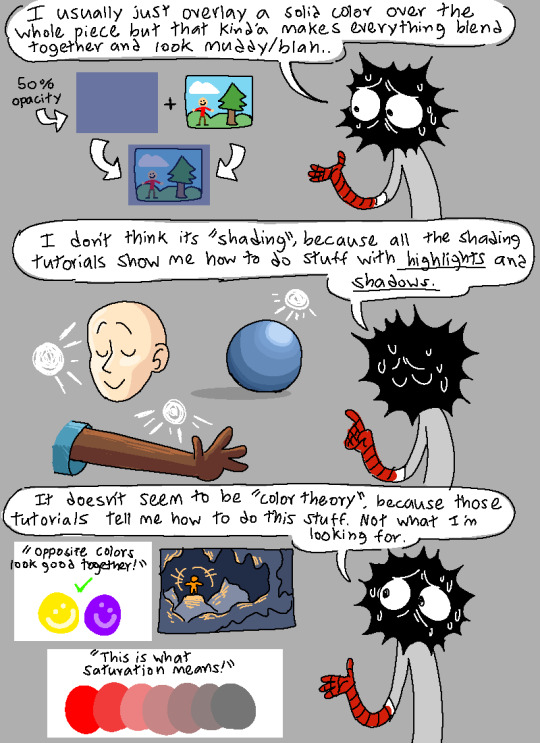Text
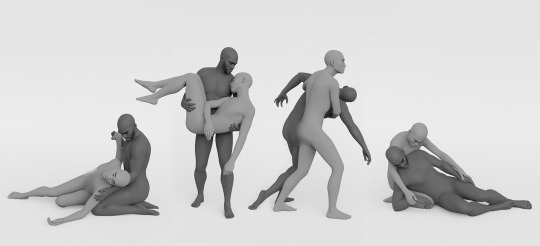
210 FREE DRAG, HOLD AND CARRY REFERENCES
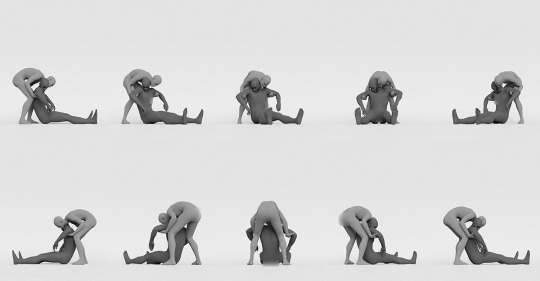
7 different poses at multiple angles! Reference sheets included
Download the free pack on my Patreon
624 notes
·
View notes
Text
for all the artists out there, here are my favorite resources i use to learn!
Files
The Complete Famous Artist Course
Art Books and Resources
Art, Anatomy, and Color Books
PDF Files of Art Books
Internet Archive
YouTube
My YouTube Playlist of Tutorials
How to Draw Facial Features
Drawing and Art Advice
Drawing Lessons
Art Fundamentals
Anatomy of the Human Body
2D Animation
Perspective Drawing
Websites
Pinterest Board for Poses
Another Pinterest Board for Poses
Pinterest Boards for References
Reference Angle
Figurosity
Sketch Daily
Line of Action
Human Anatomy
Animal Photo References
Humanae - Angélica Dass
Fine Art - Jimmy Nelson
Character Design References
CDR's Twitter Account
iamagco's Twitter Account
taco1704's Twitter Account
takuya_kakikata's Twitter Account
EtheringtonBro's Twitter Account
Drawabox
Color Wheel
Color Palette Cinema
Free Images and Pictures
Free Stock Photos
FILMGRAB
Screen Musings
William Nguyen Light Reference Tool
Animation References - sakugabooru
Animation References - Bodies in Motion
41K notes
·
View notes
Text
weirdest art trick i have is that sketching limbs is easier and neater if you slice em at the joints instead of using those little circles
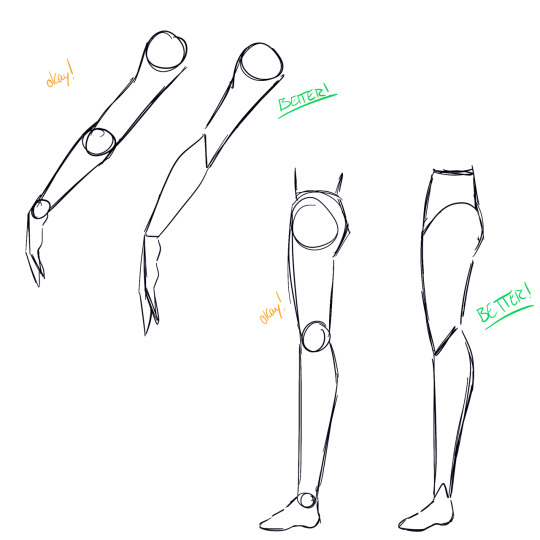
12K notes
·
View notes
Text
Free resource for artists and designers!!
I made a website where artists and designers can get color palette inspo from fire hydrants I've 3D scanned all over the US
Some of my favorites:
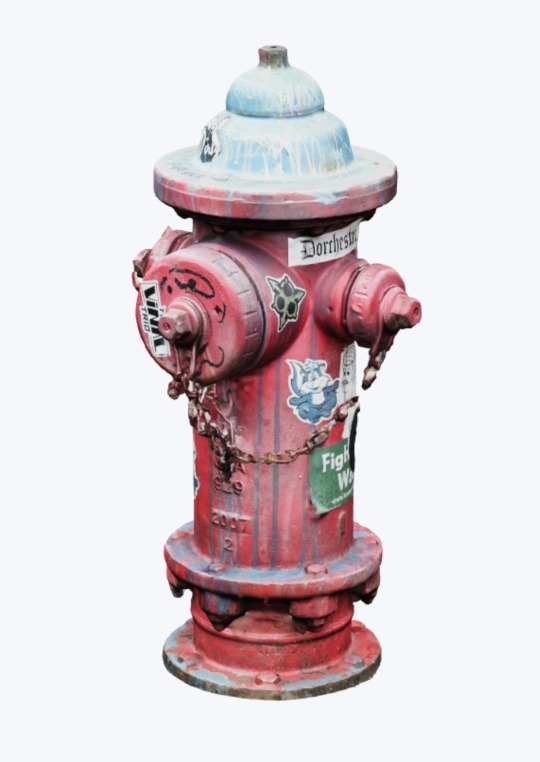
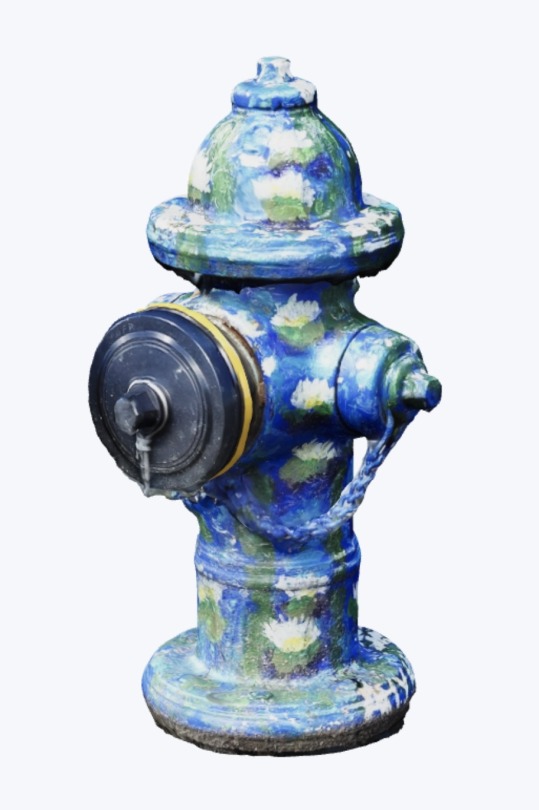
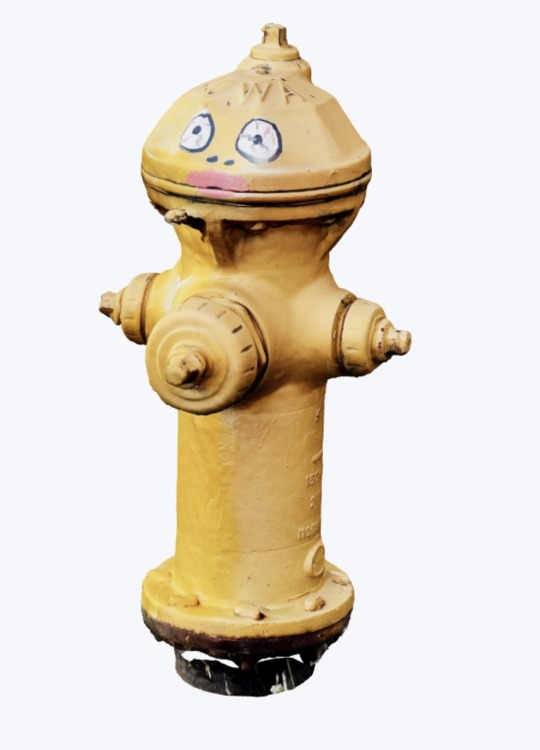
There are about 100 hydrants so far and I'm continuing to add more all the time
Public infrastructure is sexy, baby!!!!!! Pass it on!!
dayroselane.com/hydrants
39K notes
·
View notes
Text
hot artists don't gatekeep
I've been resource gathering for YEARS so now I am going to share my dragons hoard
Floorplanner. Design and furnish a house for you to use for having a consistent background in your comic or anything! Free, you need an account, easy to use, and you can save multiple houses.
Comparing Heights. Input the heights of characters to see what the different is between them. Great for keeping consistency. Free.
Magma. Draw online with friends in real time. Great for practice or hanging out. Free, paid plan available, account preferred.
Smithsonian Open Access. Loads of free images. Free.
SketchDaily. Lots of pose references, massive library, is set on a timer so you can practice quick figure drawing. Free.
SculptGL. A sculpting tool which I am yet to master, but you should be able to make whatever 3d object you like with it. free.
Pexels. Free stock images. And the search engine is actually pretty good at pulling up what you want.
Figurosity. Great pose references, diverse body types, lots of "how to draw" videos directly on the site, the models are 3d and you can rotate the angle, but you can't make custom poses or edit body proportions. Free, account option, paid plans available.
Line of Action. More drawing references, this one also has a focus on expressions, hands/feet, animals, landscapes. Free.
Animal Photo. You pose a 3d skull model and select an animal species, and they give you a bunch of photo references for that animal at that angle. Super handy. Free.
Height Weight Chart. You ever see an OC listed as having a certain weight but then they look Wildly different than the number suggests? Well here's a site to avoid that! It shows real people at different weights and heights to give you a better idea of what these abstract numbers all look like. Free to use.
338K notes
·
View notes
Text
Tumblr is doing some stupid AI shit so go to blog settings > Visibility > Prevent third-party sharing.
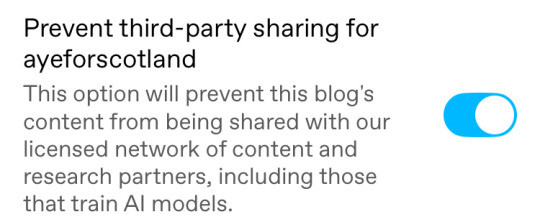
55K notes
·
View notes
Text

Aaaaagggggghhhh2h2222222222HGGGGBBBBBBbbhhg12322
14K notes
·
View notes
Photo


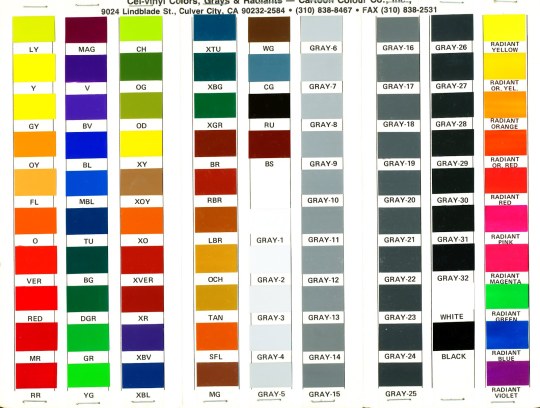


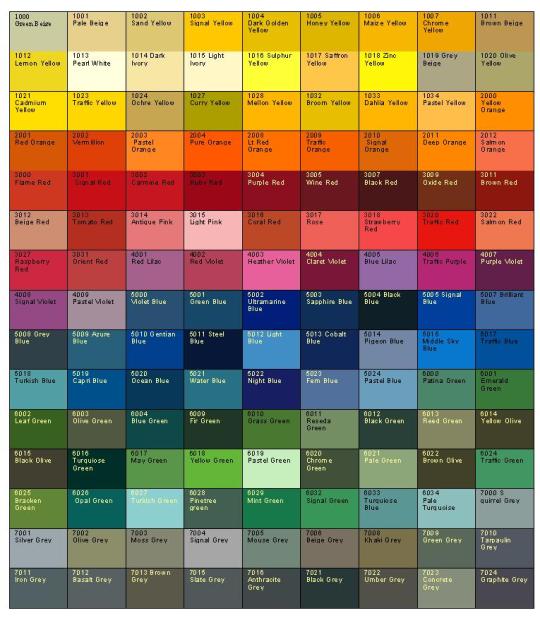
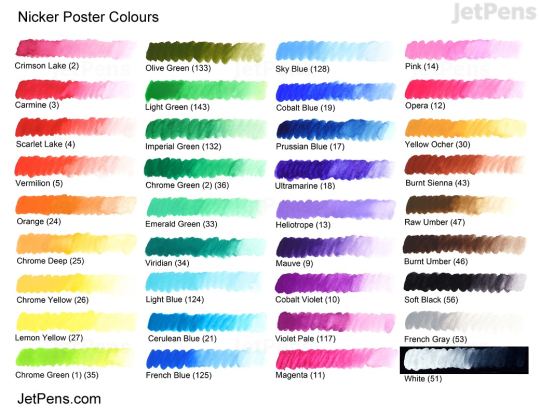
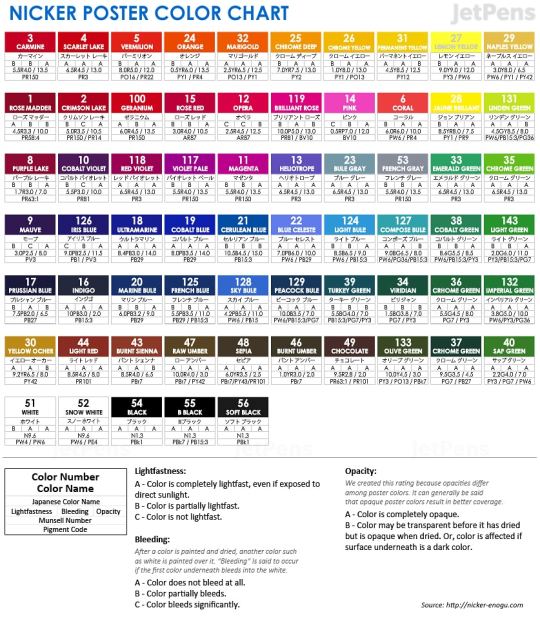
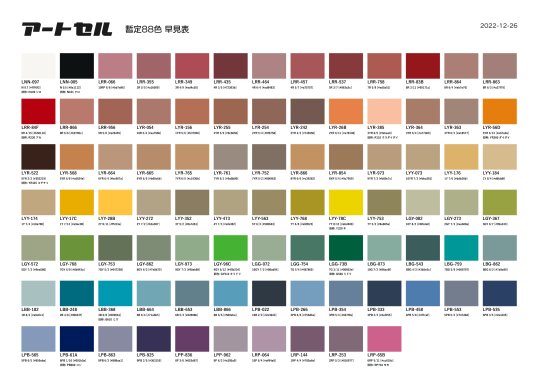
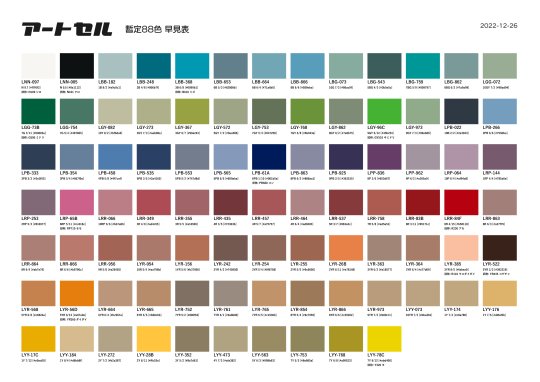
I have been TRYING to find the name of the brands of cel paint(s) used in the 80s and 90s so I can find a color sheet for the ideal limited pallet to draw from for good good fake screenshots. I’ve seen Animex and Toei Animation Paints listed but I can’t trust that these are the accurate or only brands of the era. It’s totally possible that the paints used were from now defunct companies. I see a mention of Nicker paints used on backgrounds of Ghibli movies and other series ア-トセル or art cel paints seems to be a brand. Cel Vinyl Paints are listed for Disney in the late 80s with custom paints beforehand
I hope these colors are useful for anyone trying to make fake anime screenshots
Keep reading
245 notes
·
View notes
Text
i hate that every time i look for color studies and tips to improve my art and make it more dynamic and interesting all that comes up are rudimentary explanations of the color wheel that explain it to me like im in 1st grade and just now discovering my primary colors
153K notes
·
View notes
Photo





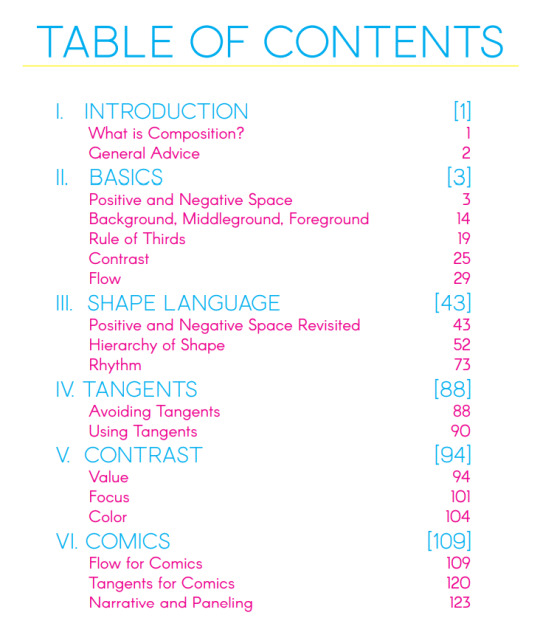
[ Download Link ]
As promised, it’s finally here! Thank you to all of my patrons for not only the support that made this possible, but for giving me the confidence to work on a big project like this.
Rather than providing any drawing instruction, what this writeup aims to do is help you learn to unpack the decisions being made in a given composition, and articulate what elements in a piece are responsible for its impact. Being able to isolate these qualities in your own art and art that inspires you opens up avenues for improvement regardless of medium, style, or technical skill. This is the first of hopefully many PWYW art ‘tutorials’ from me.
I hope you all enjoy!
13K notes
·
View notes
Note
You may get asked this a lot, so please excuse my ignorance - but how do you go about constructing character expressions and body language and such? Thanks!
Besides The Basics (construction of heads and skulls and muscles and skeletons and how they move), I’ll go over some things I’ve been trying to work on myself lately:
1. Treat expressions as a single gesture of the face/head, as opposed to a head and then individual features dumped on a plate and arranged into an expression.
First, just get down the big shapes of your expression, just like you would for a pose.
So say I wanna do a low angle angry pose. I know the features are gonna be all mashed down at the bottom because of perspective.
Scribble it down

start to put on features

fix stuff

put on more stuff

fix stuff again

erasing and flipping and stuff a whole bunch until you are happy with it or stop caring

Whole head is a gesture!

2. Just like a facial expression, jot down where the important parts of an entire pose goes first. You can force the rest of the body to fit the pose.
So here I knew I wanted the shoulders tilted a certain direction, and te hand to be in that particular position in front of her face.



That’s the simplest explanation I got. Don’t be afraid to push and pull faces and bodies around! Worry about being “on model” last!
61K notes
·
View notes
Photo








Photo collages of human expressions by photographer Mike Larremore (x)
5K notes
·
View notes
Text

A quick posing tutorial requested by a Patreon.
• It's really a good idea to start out sketching out some bare-bones figures to get an idea of how your pose is going to look. (This is where you don't worry too much about anatomy. You're just trying to get some ideas down.) This way, you can really see where limbs overlap or interact with each other, and you can hammer out some of the perspective early on. This is where you can work on spacing between characters and their environment, (If you have one.) which is can be an important part of posing.
• From there, it's figuring out structure and form of the body in said pose. This is where anatomy and weight starts to come in. At this point, you will need to figure out body/limb shapes, spacing, rounding out your perspective, thinking about where the character's weight rests, and thinking about things like movement if it's an active pose.
•• Example: Someone standing can be putting more weight on their left leg than their right. This means shifting the angle of the hips, which shifts the angle of the rest of the torso as well. The leg without weight on it is more free for different posing, like bending and/or crossing it in front of the other. The leg with the weight on it will be stiffer, more straightened, and more likely to be aligned somewhere directly under the torso. •• Something to consider: Emotions, character traits, and physical disabilities can change how one poses a character. It's good to consider what you want to show for this character, how they act/their attitude, if they use walking aids, etc.
•• One thing to remember: even the most 'boring' of poses can still be dynamic and natural-looking. It's important to remember that your best reference for how bodies sit, stand, etc. is to look at pictures/references of real people. This can really help you figure out how to distribute weight, how to make a stiff pose seem more relaxed and natural, and how to incorporate things like someone talking in a still image/panel.
•• Tip: Don't forget that bodies have folds, even the slimmest ones. Under clothes, it's not necessarily as noticable, but even then the clothing often falls and folds with the body.
154 notes
·
View notes
Text
just so yall know
art block is your brain telling you to do studies.
draw a still life. practice some poses. sketch some naked people. do a color study. try out a different technique on a basic shape.
art block doesnt stop you from drawing, it stops you from making your drawings look the way you want them to. and thats because you need to push your skills to the next level so you can preform at that standard
think of it as level grinding for your next work.
144K notes
·
View notes

